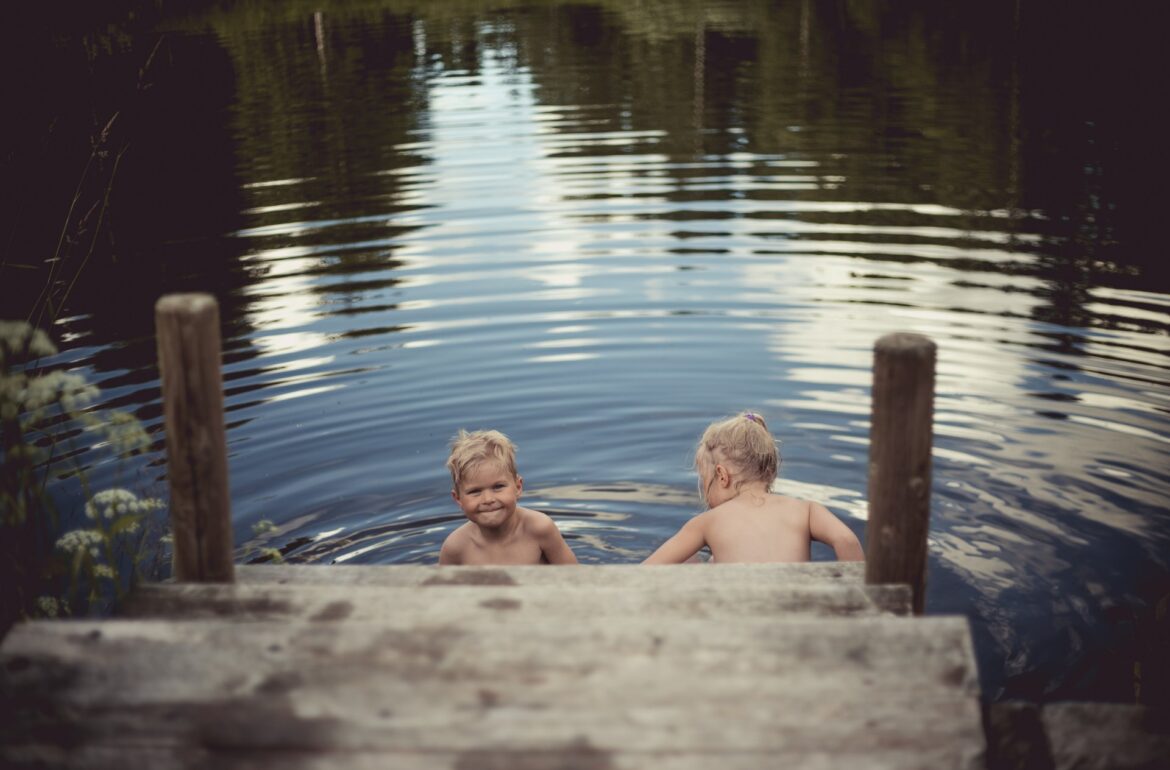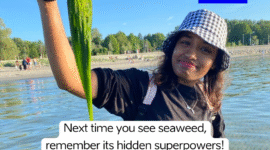Geologists at the Tallinn University of Technology in cooperation with colleagues from Estonia, Finland, Norway and Germany reached the conclusion that sedimentary pollen from lakes can be used for studying plant richness through thousands of years. The research looked at the diversity of pollen taken from the surface sedimentation of 511 lakes.
According to the senior research fellow at TalTech Department of Geology, Triin Reitalu, this research presents a comparison of pollen and plant richness in northern Europe and evaluates the effect of various environmental factors on plant and pollen richness.
“The results confirm that pollen data can provide insights into past plant richness trends. With careful consideration of pollen production differences and spatial scale represented by the data set, pollen data make it possible to investigate vegetation diversity trends over long time-scales and under changing climatic and habitat conditions,” added Reitalu.
Reitalu finds the ongoing extinction of species and fast climate changes to be worrying trends.
“Species diversity and the maintenance of natural and semi-natural habitats is the key to the quality of life and survival of humans. Understanding the diversity trends before the current massive human influence is very important for understanding the mechanisms behind the trends, and it allows us to better predict future processes,” added Reitalu.
Pollen preserved in lake sediments and in the peat of bogs is one possibility for obtaining data on changes in vegetation in the last millennia and allows to assess vegetation diversity trends.
“Past vegetation richness is often evaluated based on pollen diversity found in sediments, but there are not enough studies on how well pollen reflects plant richness and the richness of which plant groups is reflected. To better interpret the data on pollen diversity in the sediment, correlation studies are needed on pollen and plant richness in modern landscapes,” Reitalu said, describing the importance of the study.
Plant richness was evaluated using the data of two European plant atlases and the study area ranged from the temperate to the tundra biome.
“We compared pollen and plant richness in different groups of taxa, e.g., wind-pollinated vs. non-wind pollinated, trees and shrubs vs. grasses and herbs. We looked at which of the features characterising climate and landscape structure have a statistically significant correlation with plant and pollen richness,” said Reitalu.
The results indicate that pollen richness is positively correlated with plant richness, the correlation coefficient being r = 0.53 [r-value of less than 0.3 shows weak correlation, r-value higher than 0.7 shows high correlation – ed.].
This means that when plant richness increases, more different pollen types are found in the sedimentation. The highest correlations are found between pollen and plant richness of trees and shrubs (r = 0.83) and of wind-pollinated taxa (r = 0.75).
Based on the study, the pollen richness of these plant groups is the best for representing regional changes in plant richness. “Therefore, the pollen richness of trees and shrubs can safely be used to look at the past richness of trees and shrubs,” added Reitalu.
The study also showed that both pollen and plant richness are strongly associated with the mean annual temperature. Landscape openness is positively associated with pollen richness, but not with plant richness.
Pollen richness values from extremely open landscapes and/or cold areas where local pollen production is very low are influenced by the great proportion of pollen carried there by winds and air currents.
The translation of this article from Estonian Public Broadcasting science news portal Novaator was funded by the European Regional Development Fund through Estonian Research Council.
Photo by: Mariann Liimal
 Back
Back



